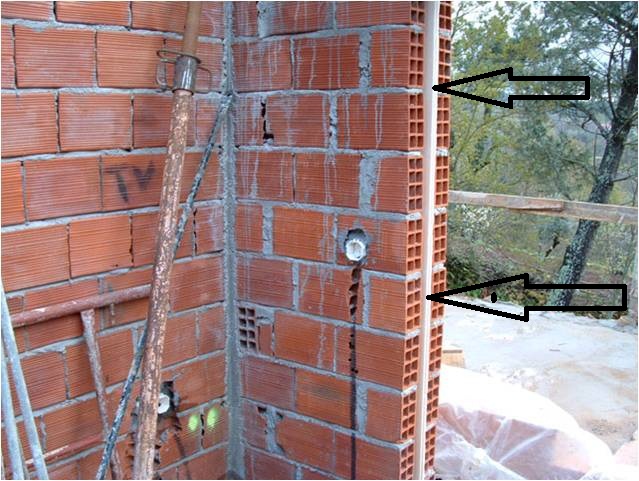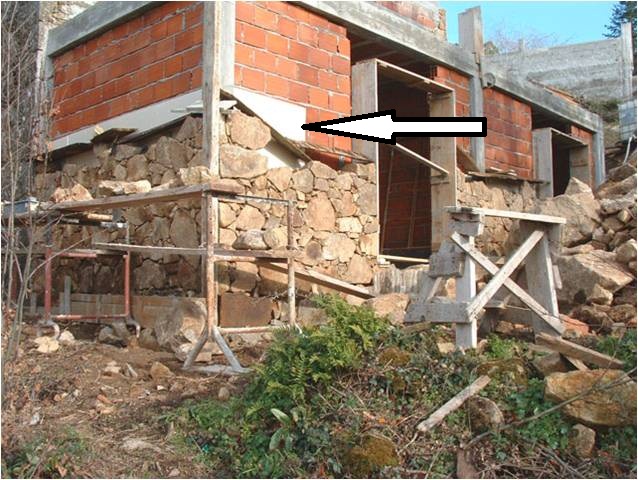Insulating a stone built house
We all love the cool atmosphere that you feel when walking into the ground floor of an old stone house particularly in the height of the summer. Cool a little gloomy but very welcome on a hot day. Contrast that with the winter the nights are getting colder particularly for anyone living in an old stone house. Portugal’s warm winter days can make the contrast between warm day and cold night quite stark. You will often see older villagers standing outside their houses on winter evenings catching the last warmth of the sun before going inside their houses for the night. The doors and windows are left wide open all day to air the house and try to remove some of the damp that is inherent in uninsulated stone buildings.
The traditional method is to wrap up warm with multi layers and a headscarf or cap and cover yourself in blankets. Whereas most northern Europeans prefer to have the house warm and walk about less mummy like.
To achieve this in a stone house you have only two practical solutions.
1, is to insulate with what is often called dry lining. Plaster board over a timber or metal frame with insulation behind. This method is not without problems. Before you start to dry line your house make a few searches of the internet for dry line or Sheetrock (American term) problems so that you can understand the potential issues with such a system.
Our own solution is to build an additional, internal brick wall and insulate the cavity well.
2, is to “over heat” the house. This can be a very good and cost effective solution depending upon the house. To overheat you must supply enough heat to keep the whole of the interior of the house warm, up and down and all the rooms not used much. This dictates were you place the wood burning stove. THEY (you will need at least 2) should be located as central as possible in the house so that the heat can cover as much space as possible.
A typical wood burning stove has a heat output of between 9 and 14 single bar electric fires. It will only produce this heat if kept fed with dry wood and it will eat a lot of wood running at a high temperature. However once the thick stone walls have heated up they will gradually give off heat until the morning. For two modern wood stoves running in the evening from November to the end of February expect to burn in the region of 4 to 6 cubic meters of cut logs. At 2012 prices this is 300 Euros or free if you have access to woodland and permission to cut wood.
With the insulated house you still need a source of heat but the heating costs will be much lower.
Using log burners there is more effort, drafts, more heat and more mess.
It really depends upon the way you like to live in winter.
contact www.casteloconstruction.com for more information



